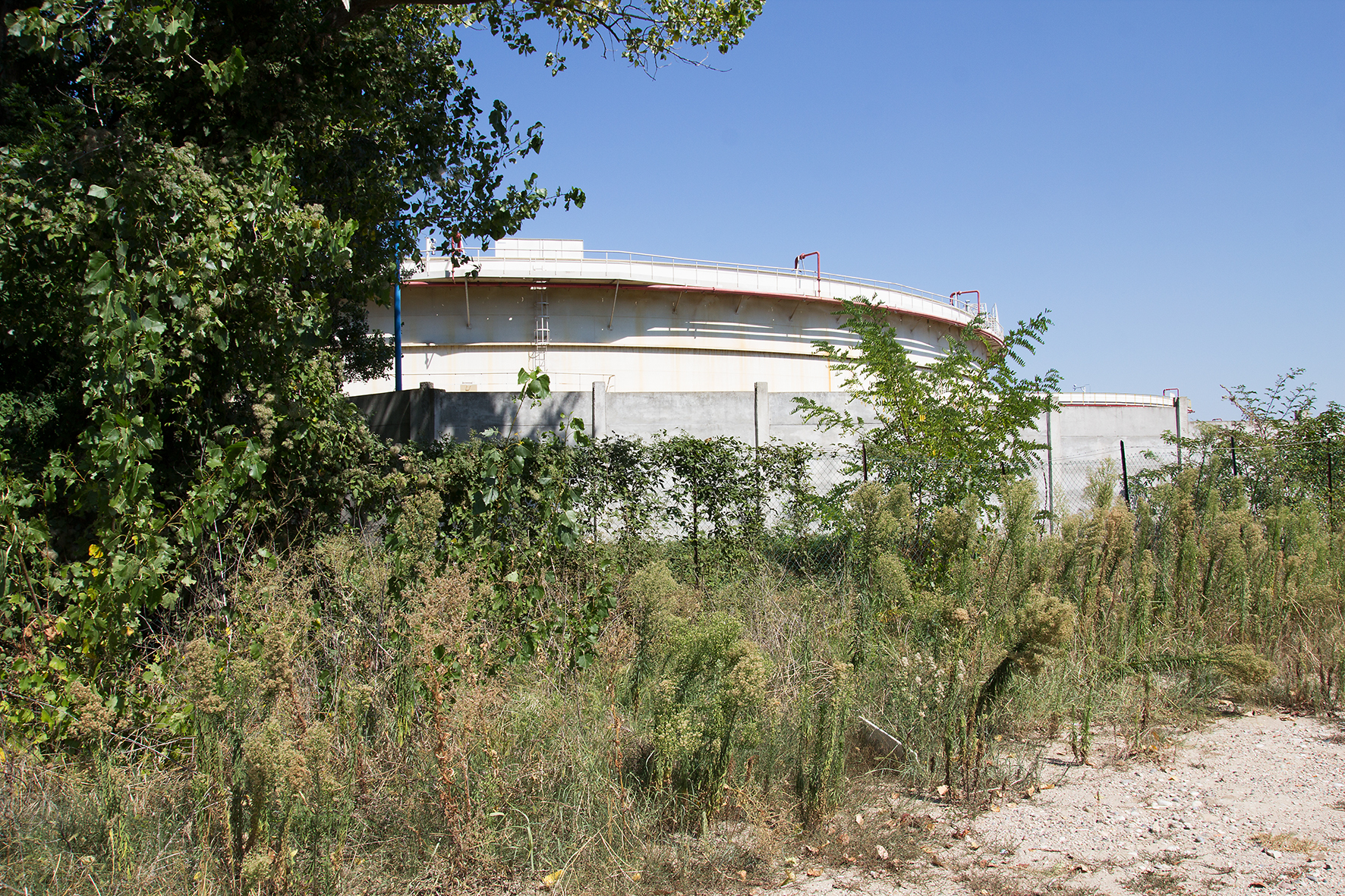2016
MANTOVA PLATFORM is a performative-project by CROP Collective with the intent to use creatively the web platform made available by the State Archives of Mantova for the initiative “The image of the city” during the Festivaletteratura of 2016. For the project, the photographers of the collective have walked each one of the main arteries that connect the city’s suburbs to the center, on a 3 hour tour within a distance of about 3 km. Along the way, they tried to capture 5 visual notes (5 is the max limit of images loadable on the platform for each author) capable of expressing the
impressions/sensations of a visitor who came for first time from outside towards the urban center, with the aim of merging their subjective experience and the image of the city manifested to the
sensitivity of their cameras.
The operation, through the implementation of the individual routes built in a pre-defined time frame, is part of a performative approach aimed at leaving a mark of the passage of CROP Collective
through the streets of the city. The traces of these personal experiences in fact will flow into the collective memory depot represented by the State Archives of Mantova.
BARBARA BARBERIS ROUTE – Industrial Suite -(SP28 FROM NORTH/EAST TO THE CITY CENTER)
The title of my photo-route refers to the musical concept of Suite, that is a set of pieces, often conceived as solo instruments, correlated and designed to be played in sequence. The pieces that make up a suite are called times (or movements) and are all in the same tone. Along my path I decided to build a photographic suite/sequence of 5 images (movements) on the same theme, the industrial landscape, which turned out to be the most evident aspect encountered along the SP28 road from via Brennero to the center of Mantova.
I first photographed, some of the industrial structures that can be glimpsed from the provincial road, the bridge that connects the area of the petrochemical plants where the urban settlements begins across the river, and then I headed to the center. Here from the church of Santa Maria del Gradaro, you can still see the chimney and the architectural remains of the Ex Ceramics of via Cecil Grayson, a legacy of the industrial past of this area of the city.




